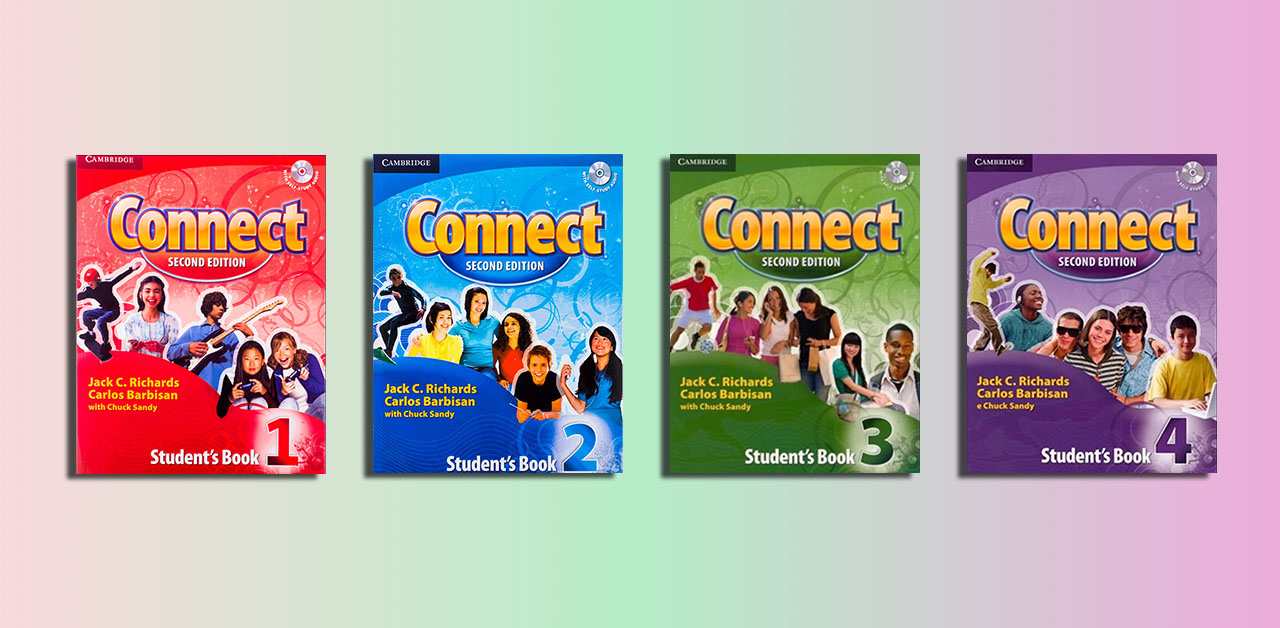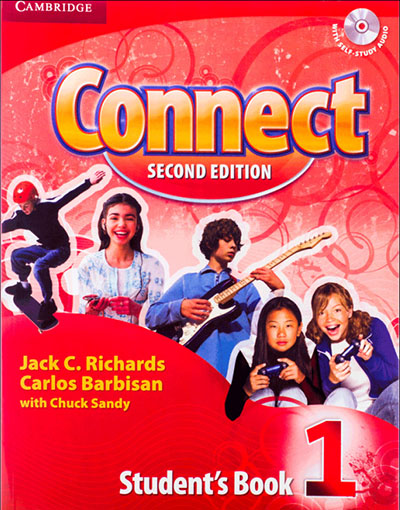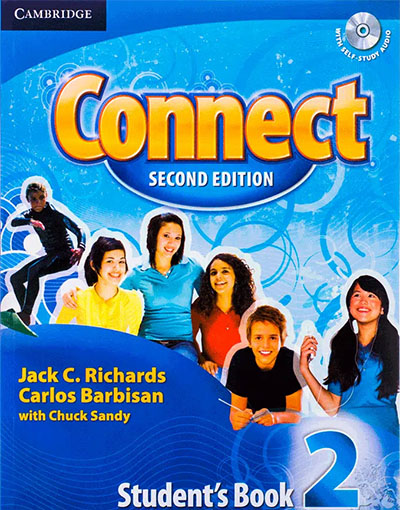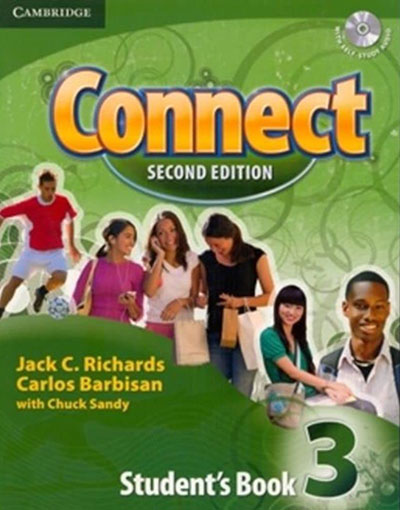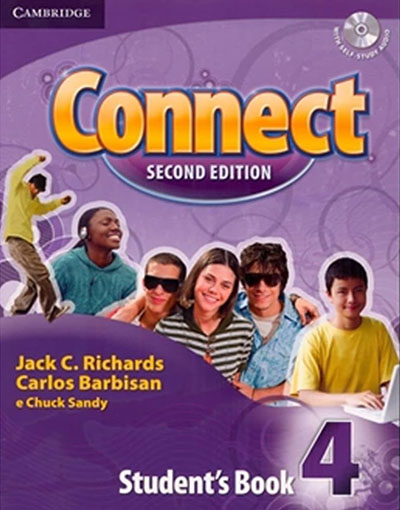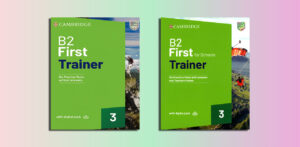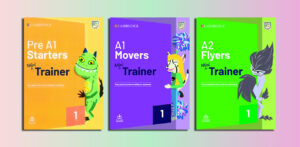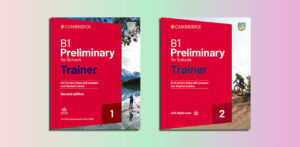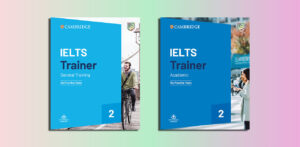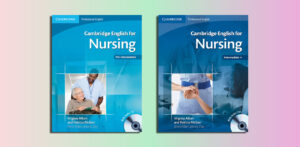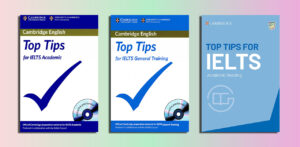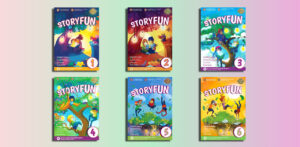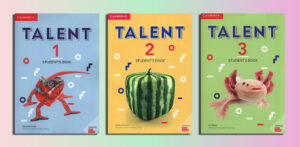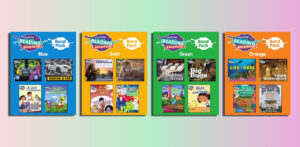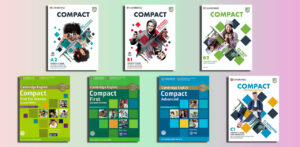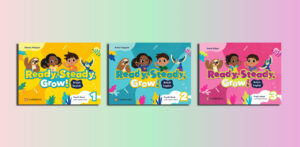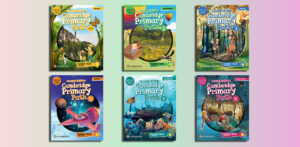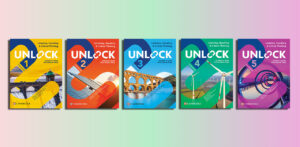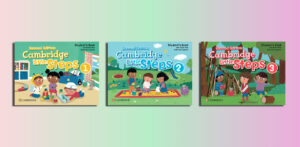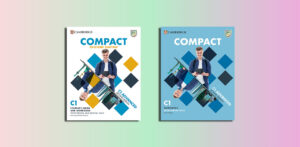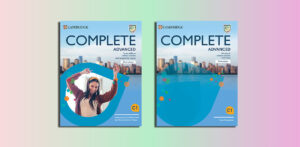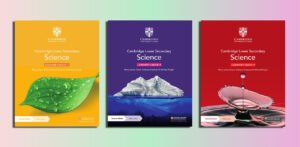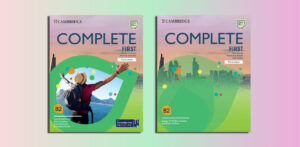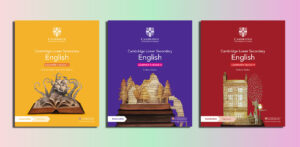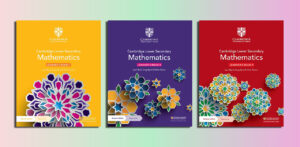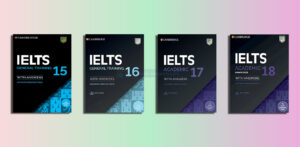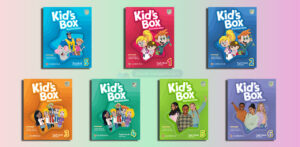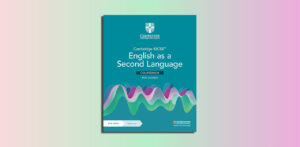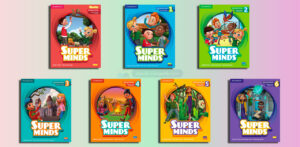Connect 2nd Edition (Pdf scan)
Level 1
Audio – Student’s Book – Teacher’s Book – Workbook
Level 2
Audio – Student’s Book – Teacher’s Book – Workbook
Level 3
Audio – Student’s Book – Teacher’s Book – Workbook
Level 4
Audio – Student’s Book – Teacher’s Book – Workbook
✅ Get Connect Second Edition (Pdf, Resources): $5 for all files
๏ Make the payment here: Click here
Overview of the “Connect Second Edition” by Cambridge
Contents
| ✅ Coursebook: | Connect 2nd Edition |
| ✅ Author: | Jack C. Richards, Carlos Barbison, Chuck Sandy, Carlos Barbisan |
| ✅ English type: | American English |
| ✅ Levels: | A1, A2, B1 |
| ✅ Publisher: | Cambridge University Press |
| ✅ For: | Secondary, Junior High School |
| ✅ Publication year: | 2009 |
“Connect Second Edition” by Cambridge University Press is a four-level, multi-skills American English course designed specifically for young adolescents, typically aged 11-15. Authored by Jack C. Richards, Carlos Barbisan, and Chuck Sandy, this series aims to engage and motivate learners through high-interest topics and a variety of lively, interactive activities. It targets students from low-beginning to intermediate levels (CEFR A1-B1) and is structured to develop core language skills—speaking, listening, reading, and writing—in engaging and meaningful contexts.
The course is divided into four levels, with each level featuring a Student’s Book that contains eight units. These units are broken down into concise, two-page lessons, enhanced with full-color photographs and illustrations to appeal to its teenage audience. Key features include “Get Connected” lessons, which help students consolidate their language skills through reading, listening, and writing tasks tied to engaging topics, and “Theme Projects,” which encourage learners to connect their English skills to real-world applications, fostering creativity and practical use of the language.
The series emphasizes motivation through its classroom-tested pedagogy, incorporating controlled and open-ended speaking activities to build students’ confidence in oral communication. Supporting materials include a comprehensive Teacher’s Edition with step-by-step instructions, worksheets, unit quizzes, and audio scripts, offering flexibility for instructors. The Class Audio Program, available on CDs, features native speaker recordings for vocabulary, language focus, listening, pronunciation, and reading exercises. Additionally, the Teacher Support Site provides extra resources like grammar worksheets, readings, and tests, while the Connect Arcade offers interactive online activities to further motivate self-study.
Published in 2009, “Connect Second Edition” blends a structured curriculum with dynamic tools, making it a versatile and appealing option for secondary English language learners and their teachers.
Connect 2ed 1 Student’s Book
Who is suitable for “Connect 2nd Edition”?
“Connect Second Edition” by Cambridge University Press is designed specifically for young adolescents, typically aged 11 to 15, who are learning American English as a second or foreign language. It’s suitable for students at low-beginning to intermediate proficiency levels, aligning with the CEFR (Common European Framework of Reference for Languages) levels A1 to B1. This makes it ideal for learners who are either just starting out or have some foundational English skills and want to build fluency and confidence.
The course caters to middle school or early high school students in educational settings like classrooms or tutoring programs. Its focus on high-interest topics, colorful visuals, and interactive activities—such as speaking tasks, theme projects, and online exercises—makes it particularly appealing to teenagers who thrive on engagement and variety. It’s also well-suited for learners who benefit from a structured yet flexible approach, as it balances skill-building (listening, speaking, reading, and writing) with real-world applications.
Teachers working with this age group and proficiency range will find it appropriate too, thanks to the extensive support materials like the Teacher’s Edition, audio resources, and online tools, which cater to diverse classroom needs. Essentially, “Connect Second Edition” fits students and educators looking for a lively, motivating, and comprehensive English learning experience tailored to young teens.
Connect 2ed 2 Student’s Book
The benefits of “Connect Second Edition”
“Connect Second Edition” by Cambridge University Press offers a range of benefits tailored to young adolescent English learners (ages 11-15) and their teachers. Here’s a breakdown of its key advantages:
For Students:
- Engaging and Relevant Content: The course uses high-interest topics that resonate with teenagers, paired with vibrant full-color photos and illustrations. This keeps learners motivated and invested in their studies.
- Comprehensive Skill Development: It strengthens all four core language skills—listening, speaking, reading, and writing—through integrated, meaningful activities, helping students become well-rounded communicators.
- Confidence in Speaking: With a mix of controlled and open-ended speaking tasks, students gradually build fluency and confidence in expressing themselves, a critical skill for real-life communication.
- Practical Application: “Theme Projects” connect classroom learning to real-world scenarios, encouraging creativity and showing students how English applies beyond textbooks.
- Structured Learning: Each unit’s concise, two-page lessons provide a clear, manageable progression, making it easier for beginners and intermediate learners (CEFR A1-B1) to follow and succeed.
- Interactive Reinforcement: The “Get Connected” lessons consolidate skills through reading, listening, and writing, while the Connect Arcade offers fun online activities for self-study, enhancing retention and enjoyment.
For Teachers:
- Flexible and Detailed Support: The Teacher’s Edition includes step-by-step lesson plans, worksheets, quizzes, and audio scripts, allowing educators to adapt the material to different classroom dynamics and teaching styles.
- Rich Audio Resources: The Class Audio Program, featuring native speaker recordings, supports pronunciation, listening, and vocabulary exercises, ensuring students hear authentic English.
- Additional Tools: The Teacher Support Site provides extra grammar worksheets, readings, and tests, giving instructors resources to customize lessons or address specific student needs.
- Proven Pedagogy: Classroom-tested methods underpin the course, offering a reliable framework that balances structure with flexibility, making it easier to achieve learning goals.
Overall Benefits:
- Motivation and Retention: The lively, teen-focused design and interactive elements reduce boredom and boost long-term engagement, crucial for young learners.
- Holistic Growth: By blending language skills with projects and digital tools, it prepares students not just for exams but for practical language use.
- Accessibility: Its alignment with A1-B1 levels ensures it meets learners where they are, supporting steady progress without overwhelming them.
In short, “Connect Second Edition” delivers a motivating, skill-building, and teacher-friendly experience that helps young teens develop English proficiency in a way that’s both enjoyable and effective.
Connect 2ed 3 Student’s Book
Effective learning strategies for “Connect 2nd Edition”
To maximize the benefits of “Connect Second Edition” by Cambridge University Press, students and teachers can adopt the following effective learning strategies tailored to its structure and features. These strategies leverage the course’s design for young adolescents (ages 11-15) at CEFR A1-B1 levels, focusing on engagement, skill-building, and practical application.
For Students:
Active Participation in Speaking Activities:
- Engage fully in the controlled and open-ended speaking tasks. Practice with a partner or in small groups to build confidence, and don’t shy away from making mistakes—they’re part of learning.
- Record yourself speaking (e.g., using a phone) to self-assess pronunciation and fluency, comparing it to the Class Audio Program’s native speaker models.
Leverage “Get Connected” Lessons:
- Treat these as mini-goals: preview the reading or listening material, predict answers, and then check comprehension. After completing the tasks, summarize what you learned in your own words to reinforce retention.
- Write short responses to the topics in a notebook to practice writing and deepen understanding.
Maximize Theme Projects:
- Approach projects creatively—brainstorm ideas before starting, and connect them to personal interests (e.g., if the theme is travel, plan a dream trip). Present your project to peers or family to practice speaking and get feedback.
- Use simple English to explain your work, reinforcing vocabulary and grammar from the unit.
Use the Connect Arcade Regularly:
- Set aside 15-20 minutes a few times a week to explore the online activities. Treat them like games—aim for high scores to make vocab and grammar practice fun and habitual.
- Revisit challenging sections to track improvement over time.
Vocabulary Building:
- Create flashcards (physical or digital) for new words from each lesson. Include a definition, example sentence, and a drawing if possible—visuals aid memory for younger learners.
- Practice using new words in conversations or short written sentences outside class.
Consistent Review:
- At the end of each unit, revisit key lessons (e.g., grammar points or listening exercises). Quiz yourself or a friend to solidify what you’ve learned before moving on.
For Teachers:
Scaffold Lessons Effectively:
- Break down the two-page lessons into clear steps: start with a warm-up (e.g., a quick discussion on the unit topic), model the language focus using the audio, and then guide students into practice. Use the Teacher’s Edition notes to anticipate tricky areas.
- Gradually release responsibility—start with controlled activities, then let students tackle open-ended tasks independently.
Incorporate Pair and Group Work:
- Use the speaking activities to foster collaboration. Pair stronger students with those needing support, or form small groups for Theme Projects to encourage peer learning and discussion.
- Rotate roles (e.g., speaker, note-taker) to keep everyone engaged.
Utilize Audio Resources Fully:
- Play the Class Audio Program multiple times—first for gist, then for details. Pause to ask comprehension questions or repeat tricky phrases, helping students tune their ears to native speech patterns.
- Encourage mimicry: have students echo the audio to practice pronunciation and intonation.
Customize with Support Materials:
- Pull from the Teacher Support Site’s worksheets or tests to target weak spots (e.g., extra grammar practice for struggling students). Tailor readings to class interests to boost engagement.
- Use quizzes as quick checks for understanding, adjusting pace if needed.
Encourage Reflection:
- After each unit, have students write or discuss what they found easy, hard, or fun. This builds self-awareness and helps you adjust teaching strategies.
- Celebrate progress (e.g., mastering a speaking task) to maintain motivation.
Integrate Real-World Connections:
- Link Theme Projects to students’ lives—ask them to present ideas to the class or create mini-exhibits. Invite them to share how they might use the unit’s language outside school (e.g., chatting online or watching English shows).
Combined Approach:
- Routine and Variety: Stick to a rhythm—start with vocab, move to skills practice, end with a project—but mix up activities (e.g., role-plays one day, online games the next) to keep it fresh.
- Feedback Loop: Students should seek teacher or peer input on projects and speaking; teachers should provide clear, constructive feedback tied to lesson goals.
- Incremental Goals: Break units into small wins (e.g., “Today, I’ll learn five new words” or “This week, we’ll master past tense”), making progress tangible.
By aligning these strategies with “Connect Second Edition”’s interactive and structured format, learners can build skills efficiently while staying motivated, and teachers can guide them with precision and flexibility.
Connect 2ed 4 Student’s Book
Effective teaching strategies for “Connect Second Edition”
Teaching “Connect Second Edition” by Cambridge University Press effectively requires strategies that align with its design for young adolescents (ages 11-15) at CEFR A1-B1 levels. The course’s focus on engagement, skill integration, and practical application offers teachers a strong foundation to build on. Here are targeted strategies to optimize its use in the classroom:
1. Structure Lessons with Clear Progression
- Warm-Up: Begin each lesson with a 5-10 minute hook tied to the unit’s theme (e.g., for a travel unit, ask “Where would you go if you could travel anywhere?”). This activates prior knowledge and sparks interest.
- Model and Practice: Use the Teacher’s Edition to introduce the language focus (e.g., grammar or vocab) with examples from the Class Audio Program. Demonstrate first, then guide students through controlled practice before shifting to freer activities.
- Wrap-Up: End with a quick review—ask students to share one thing they learned or practiced. This reinforces key points and provides closure.
2. Leverage Audio Resources for Listening and Pronunciation
- Multi-Stage Listening: Play audio tracks (vocab, dialogues, etc.) at least twice—first for general understanding, then for specifics (e.g., “What did she say about her weekend?”). Pause to clarify or repeat tricky parts.
- Echo and Imitate: After playing a segment, have students repeat phrases aloud to mimic native speaker intonation and rhythm. Turn it into a game (e.g., “Who sounds most like the recording?”) to keep it lively.
- Pair with Visuals: Connect audio to the book’s illustrations or photos to aid comprehension and retention.
3. Foster Interactive Speaking Opportunities
- Scaffolded Speaking: Start with structured tasks (e.g., filling in dialogue gaps) to build confidence, then move to open-ended ones (e.g., role-plays). Provide sentence starters for lower-level students.
- Group Dynamics: Organize pair or small-group work for speaking activities—mix abilities to encourage peer support. Assign roles (e.g., speaker, listener, reporter) to ensure participation.
- Feedback Focus: Offer specific, positive feedback (e.g., “Great job using new words!”) and one actionable tip (e.g., “Try pausing between sentences”) to guide improvement.
4. Make Theme Projects Collaborative and Purposeful
- Brainstorm Together: Kick off projects with a class discussion to generate ideas, ensuring everyone contributes. Write key suggestions on the board to inspire quieter students.
- Step-by-Step Guidance: Break projects into manageable parts (e.g., research, draft, present) and check in at each stage. Use the Teacher’s Edition tips to keep students on track.
- Showcase Results: Have students present projects to the class, a partner, or even via a recorded video. This builds confidence and gives their work a real audience.
5. Customize with Support Materials
- Target Weak Spots: Use the Teacher Support Site’s grammar worksheets or extra readings to address specific needs (e.g., verb tenses for some, vocab for others). Assign these as homework or in-class supplements.
- Differentiate: Adapt quizzes or activities—simplify for beginners (e.g., fewer questions) or add challenges for stronger students (e.g., write a short paragraph).
- Incorporate Interests: Swap generic examples for topics your students like (e.g., replace a text about sports with one about gaming if that’s their thing).
6. Encourage Active Engagement with “Get Connected” Lessons
- Pre-Task Prep: Before diving into the reading or listening, ask predictive questions (e.g., “What do you think this story is about?”) to activate curiosity and schema.
- Post-Task Reflection: After completing the tasks, have students summarize the main idea orally or in writing. Pair this with a quick discussion (e.g., “Did you agree with the character’s choice?”) to deepen understanding.
- Connect to Life: Tie the content to students’ experiences (e.g., “Have you ever had a similar problem?”) to make it relatable and memorable.
7. Integrate Technology and the Connect Arcade
- Blended Learning: Assign Connect Arcade activities as homework or a class reward. Set small goals (e.g., “Complete two games by Friday”) to keep students motivated.
- Track Progress: Use Arcade results to spot areas needing review (e.g., if many struggle with a grammar game, revisit that topic in class).
- Class Competition: Occasionally project an Arcade activity and play as a group, turning it into a fun, low-stakes challenge.
8. Build a Positive, Motivating Environment
- Celebrate Effort: Praise specific achievements (e.g., “You spoke for a full minute—awesome!”) to boost morale, especially for shy or struggling learners.
- Visual Progress: Create a class chart to track completed units or skills mastered. Let students add stickers or marks to see their growth.
- Variety in Pace: Mix high-energy tasks (e.g., role-plays) with quieter ones (e.g., reading) to match teenage attention spans and energy levels.
9. Regular Assessment and Adjustment
- Quick Checks: Use the unit quizzes from the Teacher’s Edition as informal pulse-checks. Go over answers together to clarify misunderstandings right away.
- Student Input: Periodically ask what they enjoy or find tough (e.g., via a short survey or discussion). Adjust pacing or focus based on their feedback.
- Review Cycles: Revisit key concepts every few units (e.g., a 15-minute recap game) to reinforce long-term retention.
Overall Tips:
- Balance Structure and Fun: Follow the course’s clear layout but inject humor, movement (e.g., stand-and-share activities), or teen-relevant examples to keep energy up.
- Be Flexible: The Teacher’s Edition offers options—skip, shorten, or expand activities based on your class’s needs and time constraints.
- Connect to Goals: Remind students how skills (e.g., speaking clearly) help in real life—like chatting with English-speaking friends or watching shows—making lessons feel purposeful.
These strategies harness “Connect Second Edition”’s strengths—its engaging content, audio support, and teacher resources—to create a dynamic, effective classroom experience that builds skills and keeps young learners invested.


